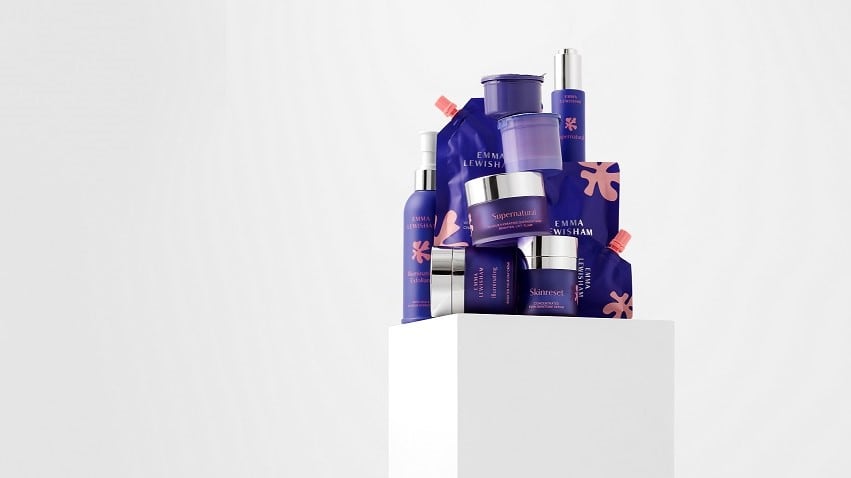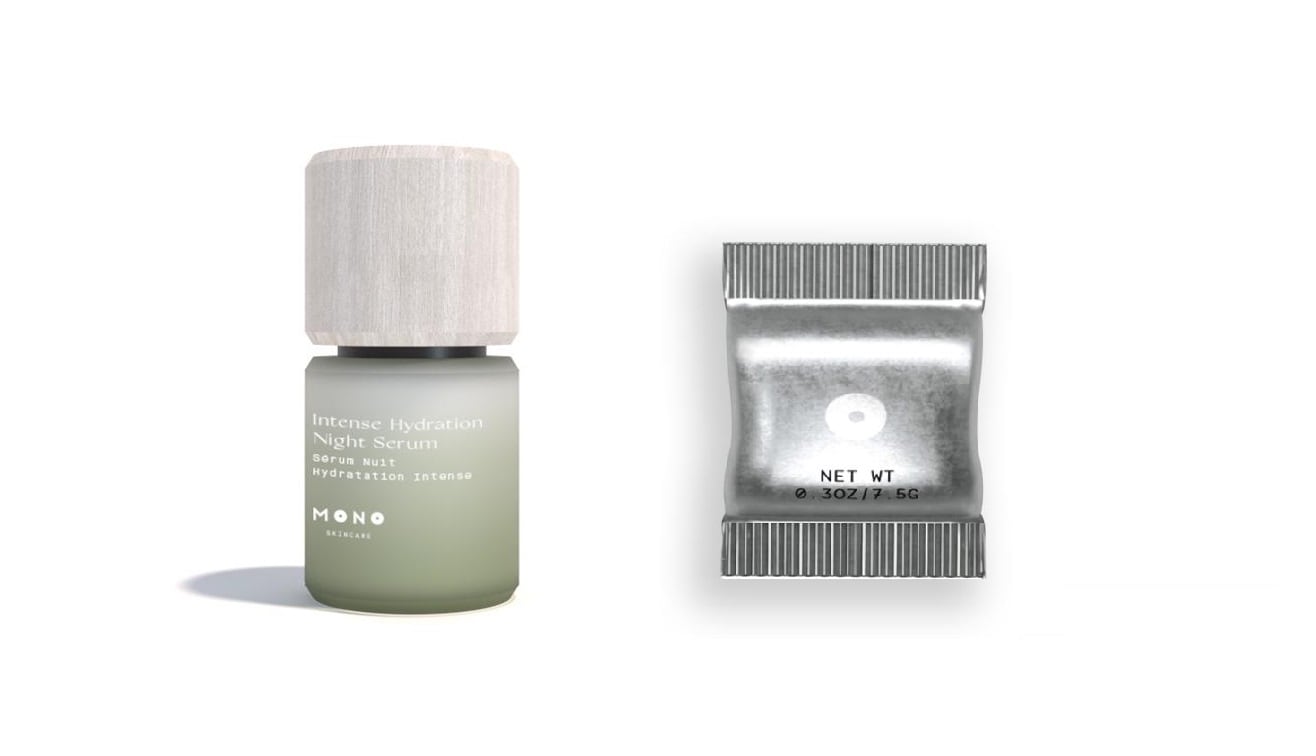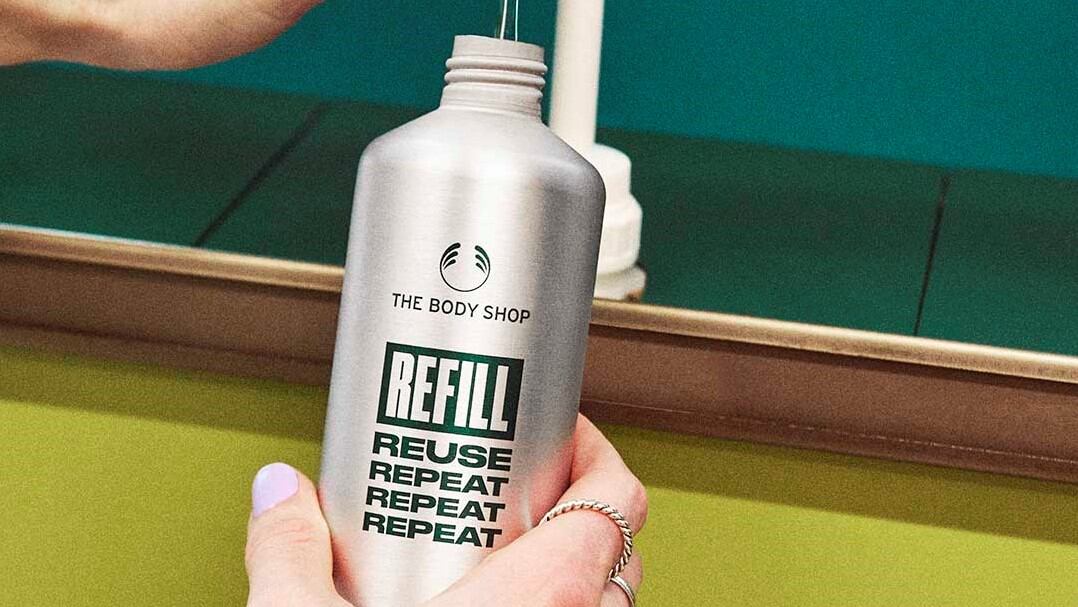The Kiwi brand was established in 2019 by CEO Emma Lewisham, who set out to develop a circular beauty brand that kept its resources in circulation to eliminate waste and reduce its carbon footprint in an industry that generates 120 billion units of waste every year.
On September 29, the brand announced that had achieved its goal of becoming a carbon positive beauty brand within the timeline it set for itself.
Over the last 12 months, the company worked with an independent environmental certification agency Toitū Envirocare.
The brand sought to measure its emissions throughout its entire supply chain, including the harvesting and production of raw ingredients used, transportation, product packaging and end-of-life for each product.
By offsetting its remaining emissions by an additional 25%, the company claims it has become the first beauty brand to be verified carbon positive at a product level.
This has enabled the company to prove exactly how many kilograms of carbon (kgCO2e) is emitted to make each individual product.
According to the firm, it has allocated 75% of its carbon offset credits to regenerating New Zealand’s Puhoi Forest Reserves, 12.5% to supporting Gyapa’s Cook Stoves technology in Ghana and 12.5% to Malya’s Wind Power Project in India.
However, Lewisham emphasised that that offsetting should be the “final port of call” and reduction should be the priority.
“It’s not just about measuring and then offsetting our impact. We are focused on reducing our carbon footprint to the lowest number possible and implementing strategies, such as moving to a circular business model to illustrate this is more than just offsetting for us. We are doing the work. We’d love to be in a position where we eliminate the need to offset altogether.”
Next big goals
Lewisham told CosmeticsDesign-Asia that the company is now working to cut down its carbon footprint.
“Our next big goals are to halve our products’ inherent carbon footprints by 2023 and cut them to as close to zero as possible by 2030. It’s a huge challenge but we know it can be done. We will also be working to become a certified B-Corp business by November this year.”
Furthermore, the company wants to share its knowledge and experiences by giving businesses access to its extensive research, processes and innovations to hasten the transition to a circular model.
[CDA BEAUTY BITES | Emma Lewisham on sharing the brand's blueprint to creating lasting change]
It has decided to share all intellectual property surrounding the achievement of a circular and carbon positive model on its online platform.
The Beauty Blueprint includes refill designs, sterilising processes, recycling and returns processes, packaging supplier connections, take back procedures and carbon calculation guides.
“It’s estimated that we have less than ten years left to avoid the worst effects of the climate crisis, so we no longer have the luxury of time. We must remove the barriers of competition and unify around a greater vision where future generations may thrive… moving forward we will continue to share our knowledge and innovations in the hope that we can help other businesses speed up their transition,” said Lewisham.
In terms of market expansion, the company is now looking into setting up distribution centres in key markets where we see significant growth developing.
“Having local distribution centres internationally means that we are able to significantly reduce carbon emissions from air freighting purchases to our customers. Instead, we are able to sea freight our products to our distribution centres in bulk and then send them out locally from this central point,” explained Lewisham.
Eventually, the company intends to set up international manufacturing facilities, she added.
“Once we have sufficient growth, we will also look to have international manufacturing facilities that can cater to refills, instead of needing to bring our empty packaging back to New Zealand to be sterilised and refilled before being redistributed.”
Lewisham concluded: “I truly believe that we can thrive by giving more than we take and that we can profit from preventing problems, not creating them. Profits, to me, are only rewarding if they don’t come at an expense to people or the planet. So, I will continue to ensure that as a business we are uncompromising in these promises.”





